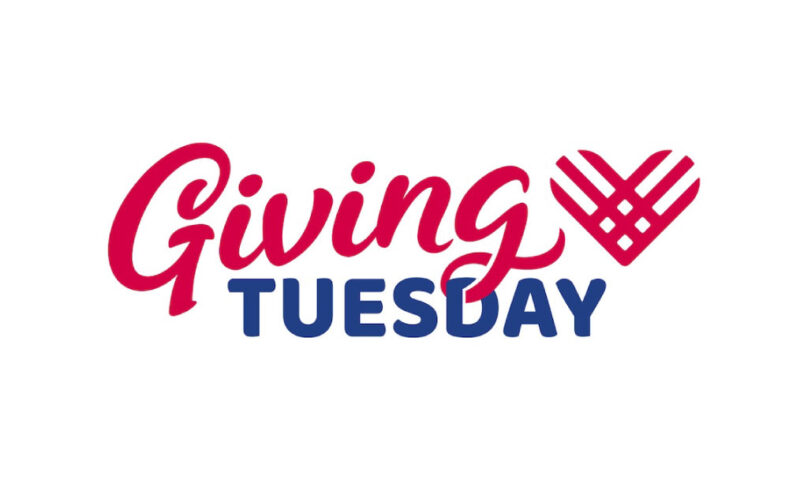
New Trends for Giving Tuesday
Americans are still eager to make donations during the holiday season, recent studies show. But younger donors are more skeptical, and everyone wants to know their giving has a purpose.
For charitable nonprofits and associations with charitable foundations, the holiday season is crunch time. Events like Giving Tuesday, a global initiative to spark contributions while people are already thinking about shopping, is among the many methods fundraisers take advantage of.
There are reasons to believe that people are indeed opening up their wallets: According to a recent survey conducted by Avocado Green Mattress, 43 percent of Americans step up their charitable giving and volunteering at the end of the year. The numbers are especially high among gen Z and Millennials—59 percent say they’re doing so. And 38 percent overall say events like Giving Tuesday make it easier for them to contribute.
But while the ask might be easier this time of year, soliciting contributions can still be tricky. Nearly half (45 percent) of respondents said that financial constraints are a barrier to their giving, and younger generations want a clearer sense of what their contributions will be doing on the ground: 42 percent of gen Z and Millennials said “their actions are too small to make a difference in the world.”
Another recent survey from Wells Fargo surfaced more concerns: 64 percent of Americans surveyed said they’d never heard of Giving Tuesday, and only 40 percent of those who’ve heard of it participate, suggesting that the event, in itself, isn’t an attractive draw.
Still, Americans do say they try to be charitable: Two-thirds of participants in the Wells Fargo survey said they gave some amount in the past year. What they’re often missing, the survey suggests, is a clear strategy for giving: 52 percent say they get no advice on how to spend their charitable dollars. That suggests an opening for an association foundation’s messaging, clarifying how their donation benefits the organization.
42 percent of gen Z and Millennials said ‘their actions are too small to make a difference in the world.’
Not having a plan can often lead to a ‘smear the peanut butter’ approach, where people write checks and donate without thinking about how it aligns to what’s really important to them,” said Stephanie Buckley, head of Trust Philanthropic Services with Wells Fargo Wealth & Investment Management, in a release.
“Whether you are giving money, time, or talent, having a plan can help block out some of the noise and help ensure you are giving with intention,”
One way to reinforce the effectiveness of that contribution is to make sure organizations share its impact. A recent report from the U.S. Chamber of Commerce recommends a mix of public-facing announcements on social media and direct connections with donors: “Use historical data to segment your donor list, identifying first-time and repeat donors. Show returning donors your appreciation with personalized messages and highlight how their ongoing contributions made a meaningful difference.”
And if you missed Giving Tuesday this year—or if past activities around it have been underwhelming—a different time of year might be a better fit for your organization. In a 2023 interview with Associations Now, Natalie M. Zundel, CFRE, founder of the consultancy Raise Well, suggested considering other milestone dates. “Is there another day that speaks to your membership? Maybe it’s the day you were founded, or the birthday of your founder, something you can build a Giving Tuesday-like campaign around and not have to compete with all those other messages for your donors’ dollars.”
[istock/Sudowoodo]






Comments